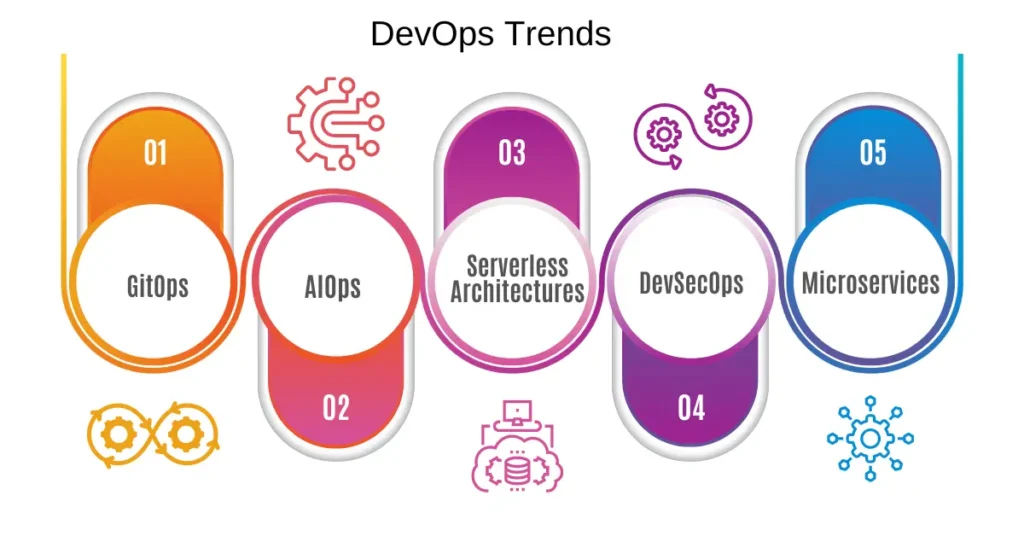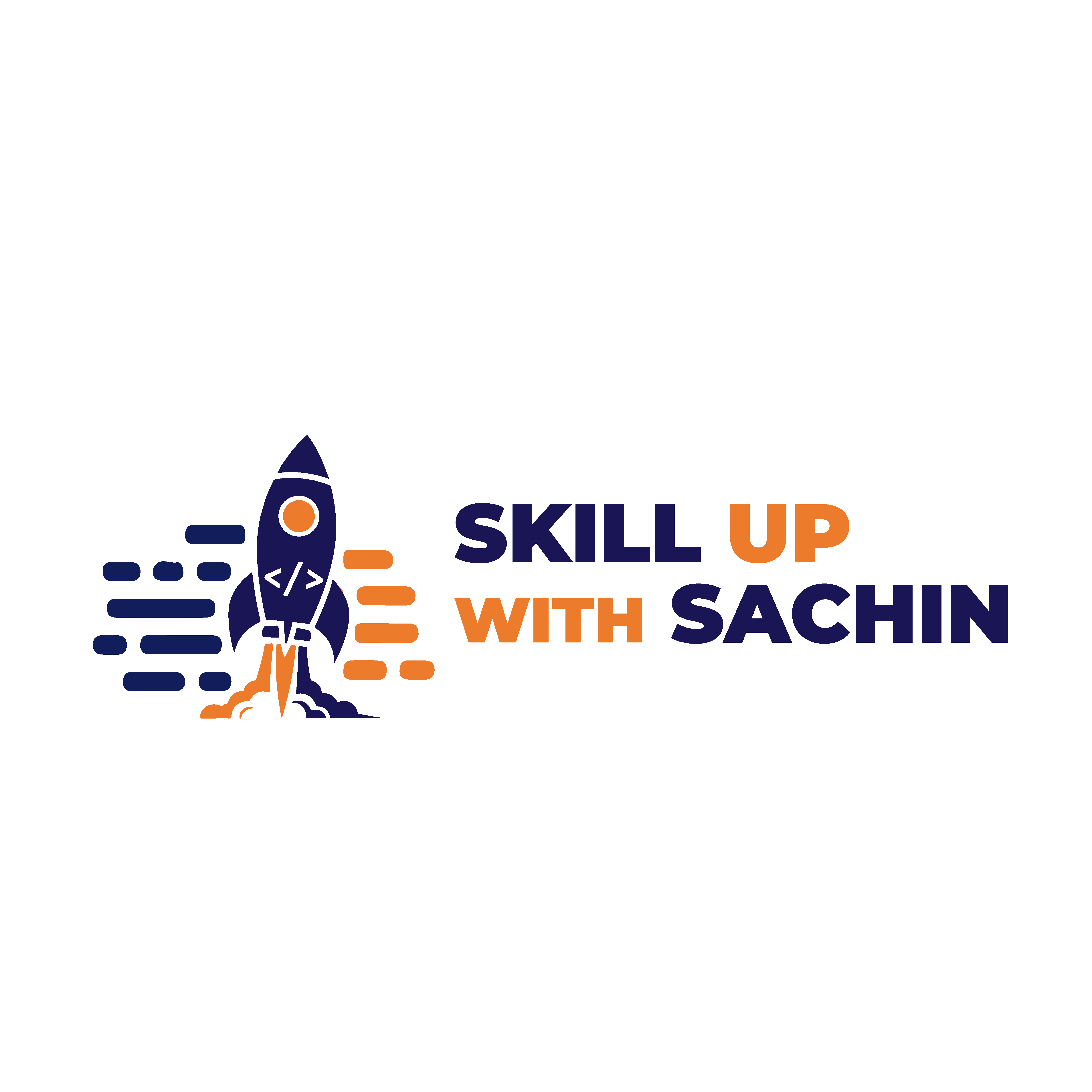As technology evolves, DevOps practices are constantly improving to meet the demands of modern software development. This article looks at the key trends and advancements in DevOps, from emerging tools to cultural changes. By understanding where DevOps is headed, businesses can better prepare for the challenges and opportunities ahead.
Key Takeways:
- The DevOps market is expected to grow from an estimated $10.4 billion in 2023 to $25.5 billion in 2028.
- Organizations with a DevOps culture can invest 33% more time in infrastructure improvements.
- North America is the largest DevOps market, with 38.5% of the global market in 2023.
- 99% of organizations that have implemented DevOps have reported positive effects.
- 61% of organizations report that DevOps has enhanced the quality of their deliverables.
- DevOps is the most popular process framework in IT organizations, used by 49% of those surveyed
- Asked to name the biggest technical skills gap in their teams, 37% of IT leaders said DevOps and DevSecOps.
Source: Spacelift

DevOps Trends:
- GitOps GitOps focuses on using Git for managing infrastructure and code changes. This makes the deployment process more automated, efficient, and scalable by ensuring every change is version-controlled and easy to track.
- AIOps AIOps (Artificial Intelligence for IT Operations) blends AI and machine learning to improve IT operations. By analyzing large amounts of data in real time, AIOps helps businesses boost efficiency, streamline processes, and enhance overall performance.
- Serverless Architectures Serverless architectures mean developers don’t need to worry about managing servers. Cloud providers handle everything, letting code run only in response to specific events or triggers. This simplifies deployment and reduces overhead.
- DevSecOps DevSecOps integrates security into the DevOps process. By focusing on security from the start, teams can identify and fix issues early, ensuring software is more secure throughout development.
- Microservices Microservices break down large applications into smaller, independently deployable services. This approach improves scalability, flexibility, and resilience, making software easier to develop and maintain.
- Edge Computing and DevOps With the rise of edge computing, data processing is moving closer to where data is generated, rather than relying on centralized cloud servers. This trend will push DevOps to adapt by creating more lightweight, distributed systems to handle data and applications at the edge. DevOps teams will need tools and processes to manage these edge devices, ensuring rapid and reliable deployments across geographically distributed environments.
- Infrastructure as Code (IaC) Infrastructure as Code continues to gain momentum. With IaC, teams can manage and provision infrastructure through machine-readable configuration files, rather than manual processes. This improves consistency and allows for easier scaling and disaster recovery. The future of IaC will likely see deeper automation and better integration with other DevOps tools, ensuring infrastructure can be deployed in a fully automated, version-controlled manner.
- Observability and Monitoring As applications and infrastructure become more complex with microservices and distributed systems, observability is becoming a key focus in DevOps. Observability goes beyond traditional monitoring, offering insights into the health and performance of systems by tracking metrics, logs, and traces. With the increased need for real-time insights, the integration of AI-powered tools for enhanced monitoring will allow teams to detect and resolve issues faster.
- Low-Code/No-Code Platforms The rise of low-code and no-code platforms is making it easier for non-developers to participate in the software creation process. This democratization of development will impact DevOps, as more teams outside traditional development will need access to DevOps tools and processes. Automation and user-friendly platforms will become essential to integrate these low-code applications into the broader DevOps lifecycle.
The Future of DevOps In the next 10 years, DevOps will change dramatically. Containers will become a core part of application development and operations. Serverless functions and microservices will make applications more flexible, though managing these technologies could become more complex.
To adapt, DevOps workflows and tools will need to evolve. As container-native and cloud applications grow, better tools will emerge, including web-based development environments. Developers may no longer need to install tools locally, as these may come through Software as a Service (SaaS) solutions, possibly restricted to enterprise cloud systems.
As cloud-native tools improve, developers may no longer need to write code locally or install tools on their computers. Cloud-based, web-integrated development environments (IDEs) may become the norm, though some of these innovations could be limited to enterprise cloud systems.
The future of DevOps is promising, with technologies like AI, machine learning, and containerization leading the way. As companies strive to develop software faster and more efficiently, these trends will play a key role in shaping the future of DevOps.



I am sanjivni university student.
Thanks Abak, great to see you liking the blogs.